Fertilizers for orchids: varieties, tips for choosing
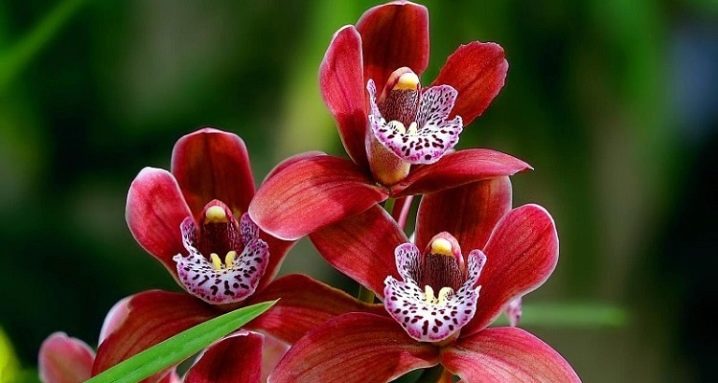
Many amateur flower growers are aware of the wayward nature of the tropical beauty - orchids. In a naturally warm and humid environment, it grows and blooms profusely on trees and even rocks, that is, wherever it can find support for the roots. At home, however, very far from natural, it requires special care and increased attention of its owner. In specialized stores, as a rule, already flowering plants are sold. Only in this form can the quality of the flower and its variety be assessed.

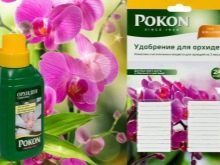

Peculiarities
Orchids are often purchased as a gift. They are able to replace the most beautiful bouquet, keeping a fresh look for much longer. And how great disappointment can be when a tender capricious woman withers, gets sick, stops flowering, or even dies. The correct development of an orchid is possible with careful observance of several specific conditions: she likes warmth and high humidity... For abundant flowering, she needs to provide the necessary soil composition, regularly and correctly feed.
When purchasing an orchid, it is important to familiarize yourself with the conditions of its natural habitat. In the tropics, there are many types of orchids, differing in the length and structure of the stem, the size and color of the flower, and the structure of the root system. But only a few varieties are suitable for import.
The most common are orchids belonging to the large group of epiphytes.... They grow on other plants, using their tree system as a support for their roots. Therefore, to provide a suitable soil for their life a substrate containing a certain amount of wood and moss constituents is required.
The second most common species is lithophyte orchids, for the same purposes they use rocks, stone ledges. Naturally, in the middle lane the cultivation of these types of orchids is possible only in a specialized greenhouse.
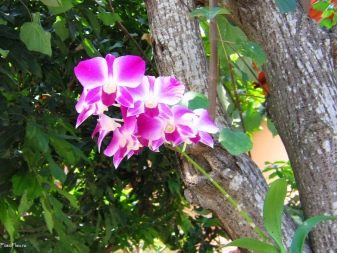
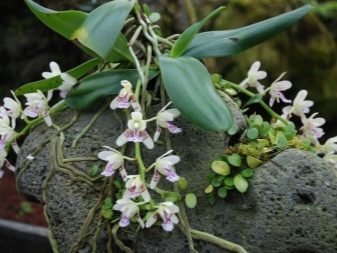
Orchids are not parasites; they do not extract nutrients from the plant they live on, but they receive it from the rains that wash them off the support. This maintains the necessary balance. Such specific habitats contribute to the fact that the roots of the plant are almost on the surface and are easily vulnerable... They are covered with a protective film that allows them to absorb and retain moisture.
Moisture and nutrients are supplied not only by the roots, but also by the long, wide, fleshy leaves. They are able to provide the plant with them without additional watering for a sufficiently long time.

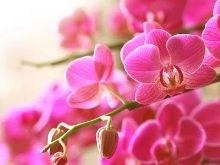
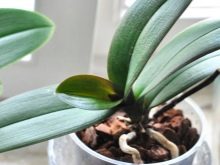
This structure of the plant determines the characteristics of feeding. Distinguish between root and foliar feeding.
- Root dressing supplies the required amount of macro- and micronutrients. This process in orchids is somewhat different from other plants. The roots of the flower must first be moistened abundantly. The pot with the orchid should be carefully immersed in a wide bowl of clean water, and the fertilizer should be diluted with warm filtered water. It is important to remember that the concentration of the solution must be carefully observed, otherwise the roots can be burned.
All drugs are applied only in liquid form. The plant watered with fertilizer should be left in the pan for 20 minutes.
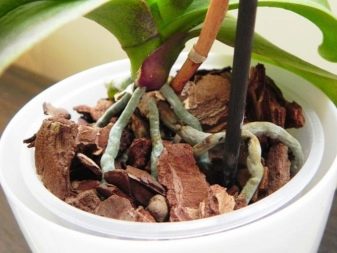
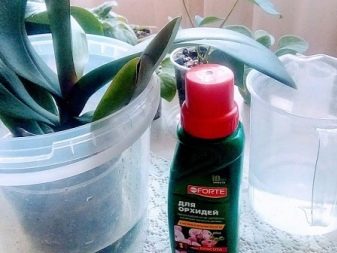
- Foliar dressing it is recommended to carry out in cloudy weather or in the morning, so that the sun's rays do not fall on the leaves. For foliar feeding, the fertilizer must be diluted in a double portion of the liquid. Thoroughly irrigated only leaves on both sides and an open part of the roots... The solution should not get on flowers and buds. This type of feeding is carried out during the period of active growth of roots and for weakened plants.
Florists need to remember that at home, the flower enters the dehydrated air of heated rooms. The soil substrate suitable for planting them is prepared on the basis of pine bark, and therefore loose and poor in composition. That is why orchids more than other plants need regular and proper nutrition.
Errors made by the owner can lead to the fact that the plant will either freeze in development or die.
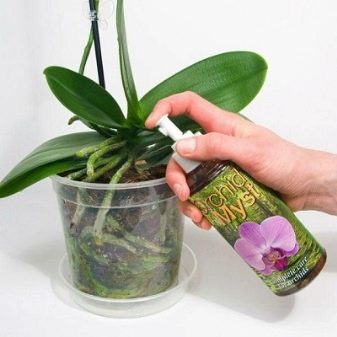

Views
Natural features make it possible to talk about the orchid as a plant that can independently perfectly extract the substances it needs from the environment. Therefore, the owner of a seemingly whimsical beauty just needs to pay attention to the simple rules of care.
Preparations for fertilizing orchids can be divided into three types: folk remedies, complex fertilizers, special feeding... The use of each of these funds is necessary for orchids, it is only important to remember that their composition is very dependent on the state of the plant, the environment, and the season.

Folk remedies
Experienced flower growers often use handy tools to nourish orchids, many of which are easy to find at home. Such decoctions and infusions are prepared immediately before use, since they cannot be stored for a long time, and this type of plant should be fertilized no more than once a week.
- Very useful vitamin infusion, rich in minerals, in particular potassium, easily can be made with banana peels... To do this, the peel of one fruit must be crushed and insisted for two days. Then strain and dilute with warm water in a 1/2 ratio. It is useful to wipe the leaves with the back of the fresh skin.
In an amount sufficient for orchids, minerals are also present in black tea... But it is often not recommended to use this remedy, as tea oxidizes the soil.
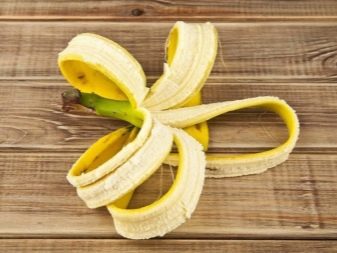
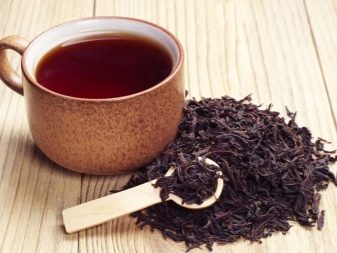
- Decoctions of potatoes and onion skins will also enrich the soil with potassium and phosphorus.... To do this, the husk of one medium onion (it is nice to add citrus peels) must be boiled for ten minutes, insist, dilute the broth to a light state. You can also pour potato peelings with boiling water and cool. You can use the liquid drained after boiling the potatoes. A teaspoon of sugar will additionally enrich the composition.
- Several times per season (but no more than three) flowers can be fed with yeast... They are very conducive to plant growth. For orchids, yeast tincture is used in a lower concentration than for all others. One gram is enough per liter of water. For better fermentation, you can add a little sugar. They should be insisted for about a day.

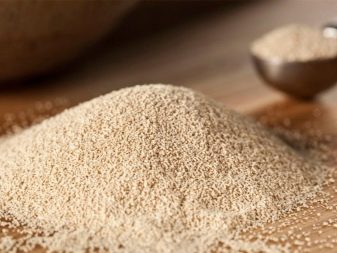
- Closer to mineral fertilizers than organic, wood ash infusion... This substance contains a lot of potassium, phosphorus, calcium. Well sifted ash should be poured with boiling water (no more than three tablespoons per liter), wrapped warmly and insisted for about two days. The resulting solution must be diluted in a ratio of 1/10.
The safest option for orchids would be the following: pour the ash solution into a wide, but not very deep bowl, then immerse the pot with the plant in it for about 5 minutes, then spill the roots with clean water.
- Not only nutritious, but also garlic water has a disinfecting effect on orchids... To prepare it, you need to fill one head with a liter of boiling water, insist for half an hour, thoroughly dilute with water (for one liter - three tablespoons of infusion).Regular garlic treatment is good for the abundant flowering of orchids. Succinic acid will enhance the action of the procedure.

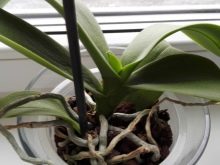

- Many amateur flower growers use to care for home plants hydrogen peroxide. This agent has an antiseptic effect and protects against pathogenic microbes and harmful insects. In the case of orchids peroxide can be used only in extreme cases and only to enhance immunity... As a top dressing, this drug does not work. The concentration of the solution should be 3%.
It is important to pay attention to the information indicated on the packaging. If the solution is 98%, then two tablespoons are diluted in a liter of water. A less concentrated solution is completely useless.
It is important to remember that it is impossible to water orchids with this agent; it is permissible to soak the seeds for disinfection only for 10 minutes, no more.

With the help of a sprayer, all parts of the plant are sprayed, cleaned of dust and foreign plaque. Moisture should only create a kind of fog around the plant, neither falling on the flowers, nor flowing down to the roots and nor accumulating on the leaves. Excess liquid must be removed.
It should be noted that it is very difficult for beginners to calculate the required concentration and find the right product for each period of the life of an orchid. In order not to harm the plant and not burn the roots, inexperienced growers should still start their care with the use of specialized products.
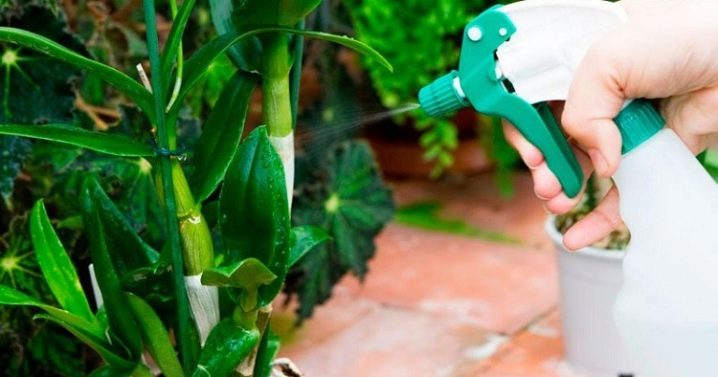
Complex fertilizers
Experts advise periodically feeding all houseplants; for this purpose, many modern series of fertilizers have been developed. Orchids need additional nutrition more than all other flowers. With a careful and careful approach, you can pick up something from the general series for them.
The easiest way is to use complex fertilizers, the composition of which is balanced and designed specifically for these flowers. These vitamin shakes contain the following essential ingredients:
- nitrogen, thanks to which the root system, stems and leaves develop fully, but its excess slows down the appearance and development of buds;
- potassium, which accelerates plant growth and helps to strengthen its endurance;
- phosphorus, which is responsible for the formation of a lush flower "cap";
- vitamins (group B, ascorbic acid) and amino acids for better absorption of nutrients and increased immunity;
- special components that prevent the deposition of salts and minerals;
- especially worth noting vitamin B3 (nicotinic acid), necessary for damaged and diseased plants.


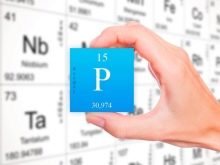
In addition, the acidity (pH) of the fertilizer should be at least 5 and not higher than 7. The concentration of all components is significantly lower than in fertilizers for other plants.
But the plant does not always need all the substances included in the complex fertilizer. More flexible and efficient feeding of orchids allows special means.
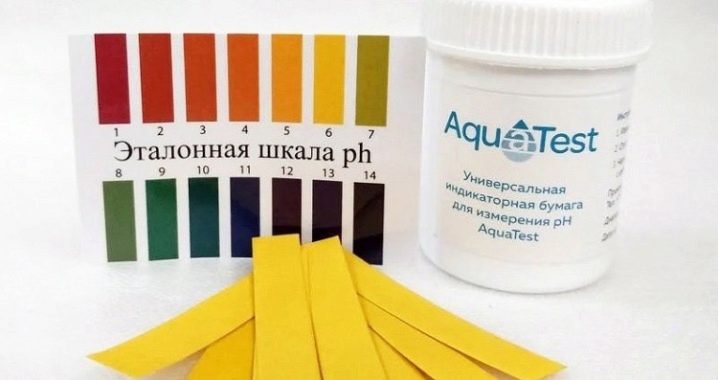
Specialized feeding
By and large, all fertilizers in this group can be classified as complex, but still each of them has a narrower effect.
- Bona Forte - an almost ideal domestic remedy, which is most often recommended by experienced florists. It dissolves well in water and it is almost impossible for them to harm delicate orchids. The unique composition, which includes, in addition to the basic components, thiamine, niacin, vitamin C, provides an excellent appearance and health of the flower.
Due to the presence of magnesium, photosynthesis is activated, and succinic acid accelerates the growth of plants and protects them from many adverse factors: drafts, insufficient lighting, low humidity, improper watering. But in order for the buds to start more intensively, additional phosphorus may be required.
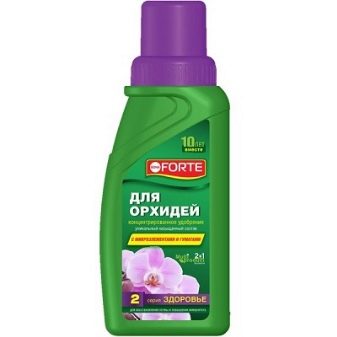

- Significantly improves the appearance of plants Agricola... This easy-to-use domestic fertilizer is available in different forms: powder, gel, sticks, solution, tablets... The composition is especially suitable for feeding plants that have fallen into a new habitat, sick, weakened flowers.
It very actively protects against fungal diseases. The flowering of plants treated with Agricola is longer and more intense. The flower petals become brighter and richer. But for active growth, additional nitrogen fertilization may be required.
- Substantially activates the development of the root system of orchids "Ribav-extra", created on the basis of a special type of mycorrhizal fungi. Studies have shown that mycorrhiza, a mutually beneficial symbiosis of these fungi and plant roots, enriches the latter with both essential substances and moisture, improving their nutrition by more than 15 times.
To create this fertilizer was used ginseng root, which increases the effectiveness of the drug. In addition to growth, general recovery, protection from stress and damage, this dressing has a rejuvenating effect and significantly improves the appearance of the plant, increasing the number of flowers and greenery.
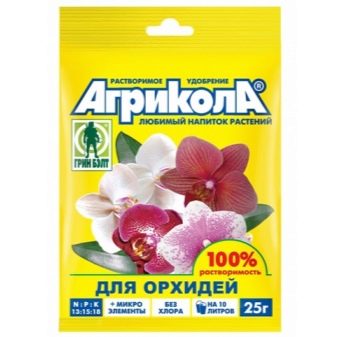
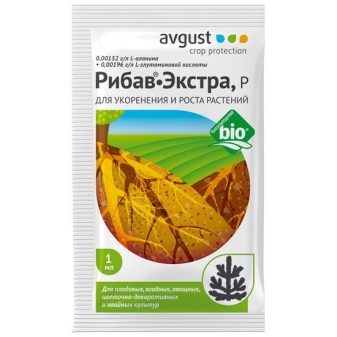
- Fertilizer is deservedly called "Flower Happiness" "Fasco"... It is especially useful for stimulating the budding process, flowering after it becomes longer and more generous. In the same series, there is also a soil that is ideal for orchids.
- Under the brand name "Bio Effect" a series of preparations is produced for all types of orchid feeding. It includes cytokinin paste - the most powerful plant growth stimulant used to awaken the buds and form peduncles. The soil of this series has a balanced composition, specially designed for orchids.
Biologically active vitamin cocktails and sprays help plants to endure stressful situations more easily, promote adaptation to new conditions, and stimulate flowering.
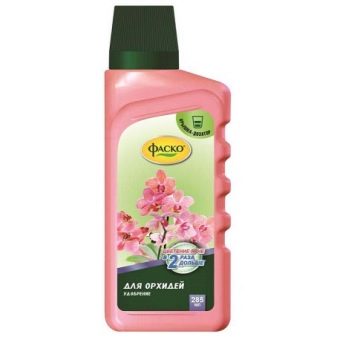

- "Pocon" is produced in two types: liquid and in sticks, which are inserted and deepened into the ground. It is rightfully considered one of the best products, is easy to use and can be used all year round. It is produced in Holland, so its price is quite high. But it is consumed very economically.
- The drug differs from other fertilizers "Osmokot"... It is produced in granules, which begin to decompose in the soil after watering, gradually supplying nutrients to the roots. It has been in effect for a long time - more than six months.
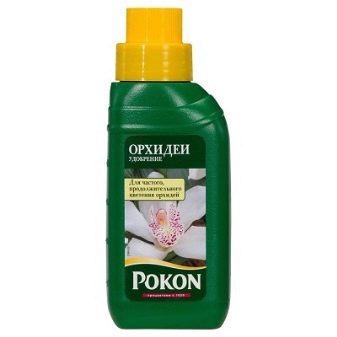
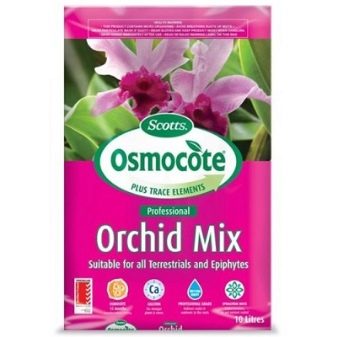
How to choose?
Each orchid owner thinks about how to choose the most suitable fertilizer for a tropical beauty, so that it blooms for a long time, abundantly and beautifully, gives children, is healthy and strong.
When choosing a ready-made mineral fertilizer, you need to pay attention to richest composition, season, plant needs... To regulate metabolic processes, you need iron, copper, zinc, potassium, calcium, manganese... Responsible for the formation and growth of roots, stems, leaves phosphorus, nitrogen, oxygen, hydrogen, proteins, carbon, sulfur... Oxygen, hydrogen and carbon are extracted by the plant itself from the air, the rest of the substances it can get only from feeding.
The ratio of nutrients differs from their amount in conventional complex fertilizers, so if you have a choice, you should pay attention to specialized mixtures.
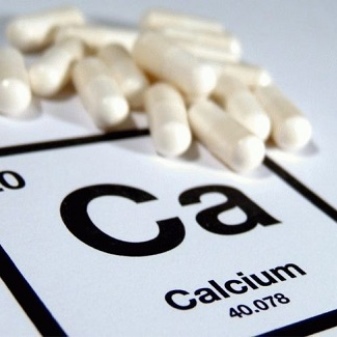

Potassium, nitrogen and phosphorus - the main components, their ratio is indicated in the numbers on the package and for orchids is 3: 1: 2, where 3 shares of nitrogen account for 1 share of phosphorus and 2 - potassium. The use of stick or tablet fertilizers should be avoided whenever possible. The peculiarities of the soil do not allow such forms to fully dissolve and enrich it.
For the appearance of children, the awakening of sleeping kidneys, there is an effective and safe drug - cytokinin paste... This agent causes massive cell division; for active reproduction of orchids, it is enough to lubricate the area on the peduncle.
Florists recommend alternating organic fertilizers with inorganic ones, as well as foliar and root feeding.
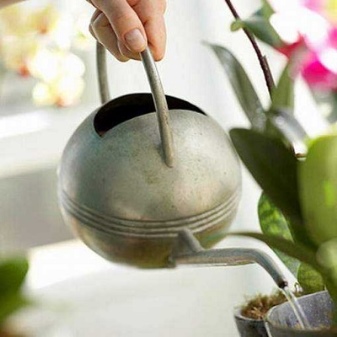
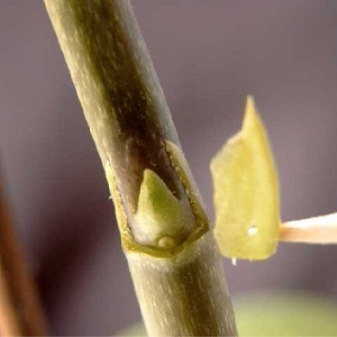
When and how to feed?
To ensure the vital activity of orchids, it is important not only to choose the right preparation correctly, but also to carefully observe not very complicated processing rules.
- The first two weeks at the new place of residence, the flower goes through a period of adaptation. At this time, it is better not to disturb him at all, you can feed him at home with a weak solution of honey or sugar, carefully spraying the plant.
- Before fertilizing it is necessary to assess the condition of the substrate. The older it is, the more microorganisms and fungi live in it, which are involved in the formation of the microclimate. With frequent feeding, minerals will accumulate in such an environment, which can lead to the death of the roots. New soil, especially one that has been heat treated or contains synthetic materials, should be fertilized more frequently.
- Sick, damaged, weak plants cannot be fertilized. First, it is necessary to carry out medical procedures: carefully clean and dry the rotten roots, water and apply a weak top dressing at this time only on the leaves in small doses.
- Active flowering period - not the best time to fertilize. If it is nevertheless necessary, the liquid should not get on the flowers and buds.
- Before applying top dressing the roots must be thoroughly moistened with clean water to avoid burns; it is better to do this by immersion in clean warm water.
- Any kind of fertilizer must be diluted in full accordance with the instructions.... For this, it is better to pre-purify the water: filter or settle. If there is no special fertilizer, other types of preparations should be diluted with twice the amount of liquid as recommended.
- After fertilizing you need to make sure that the liquid does not remain in the pan, otherwise the roots may rot.
- After transplanting, the orchid does not need to be fed for the first 3-4 months.while there are still useful substances in the soil.
- Children after transplantation should take root and grow, only then it will be possible to feed them with the root method. Before that, the sheet method should be used. To fertilize young plants, the recommended concentration should be reduced by 2 or even 3 times.
- The amount of dressings depends on the season.: in summer and winter (in winter, you can not feed at all), they are applied once a month, in spring and autumn - two.
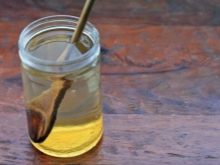
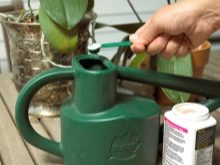
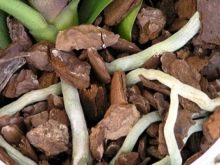
Orchids bloom in the tropics year-round... At home, with proper care, they delight the owner Twice a year... First of all, you should pay attention to the life cycle of the plant: periods of flowering, growth and dormancy.
The plant is fed only during active growth. The appearance of new leaves, roots, flower buds begins, as a rule, in the second half of March and continues in April. The developing plant needs additional nutrition.
During periods of flowering and dormancy, experts recommend disturbing the plant only if absolutely necessary, reducing the concentration of the solution and applying it in small quantities.
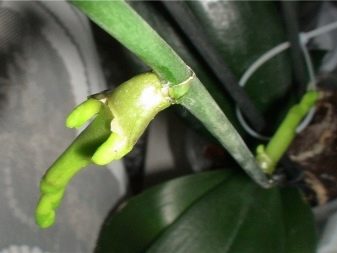
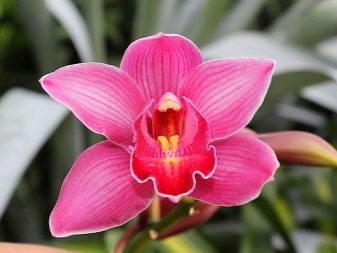
Reviews
Each grower chooses a fertilizer that meets his requirements and material capabilities. Received a very large number of positive reviews "Pocon"... His fans are confident that his plants will always be in great shape thanks to him.
Users recommend Agricola as an excellent fertilizer for flowering.... Its action is attributed to its high phosphorus content. Practical advice for use: in the summer, immerse the roots in the composition for 20 minutes twice a month, after the buds appear, reduce the intensity of feeding.
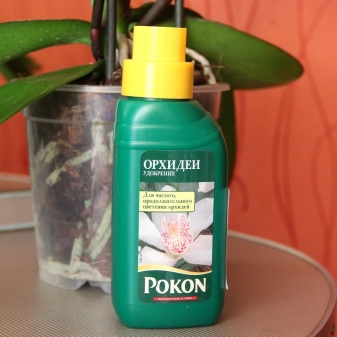
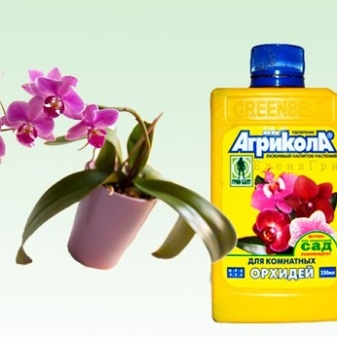
Many people use Bona Forte to stimulate growth in spring and mid-summer.... Then it is worth switching to formulations containing more phosphorus. In this way, the condition of the plant can be monitored.
"Osmokot" is also quite popular.This is due to its effectiveness and versatility, but for convenient introduction into the soil, users recommend special small baskets into which the granules are poured. When watering, they gradually dissolve, and nutrients go to the roots of the plant.
Thus, the best results can be achieved with a careful and experimental approach to plants. The alternation of various preparations and types of feeding, attention to the composition, timely fertilization - all these fairly simple measures will help preserve the beauty and health of an exquisite orchid.
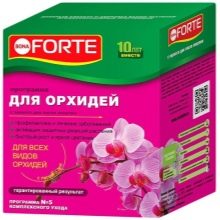

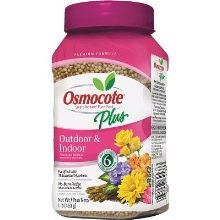
In the next video, you will find a recipe for a great orchid feed.































The comment was sent successfully.